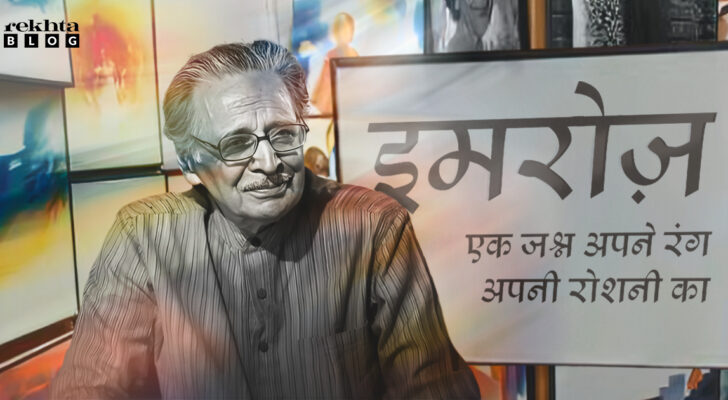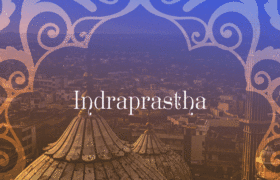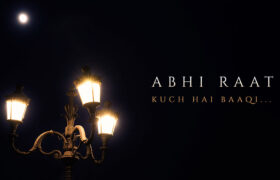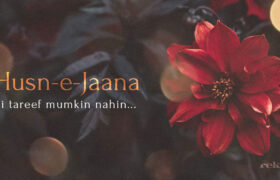Manto Manto Manto: Then why shouldn’t this man stay on
Saadat Hasan Manto: Proud dissenter; fiercely independent
Shankara consumed poison to save humanity as Manto did to salvage life from its ugliness and literature from its sweet sermons. Manto was indeed the Neelkanth of Urdu fiction.













